This was not meant to be a self-help book. I certainly never imagined it would help me as it has done.
When I first began to think about this project, I considered writing a book solely about narcolepsy (a sleep disorder that I have lived with for more than 20 years). My agent and publisher encouraged me to go further, to cover the whole of sleep and many sleep disorders. I understood their thinking. The bigger, broader book might have bigger, broader appeal. Its probably safe to say that nobody was thinking that embarking on a more wide-ranging project would improve my own sleep. But it hasimmeasurably.
By surveying a wide range of sleep pathologies, I have come to see narcolepsy in a very different light, not as an isolated sleep disorder but one with real and important connections to just about every other sleep problem out there. As Ive learned about bad sleep in all its many forms, so Ive come to appreciate what good sleep means and how to achieve it. This revelation, I believe, has important implications, not just for those with narcolepsy but for everyone who wants to improve their sleep.
I now have such good sleep, more often than not startled afresh by my new-found ability to function, that this project has already been worth its while. But authors write to be read and I hope that this book and its message will reach the wider audience envisaged. In fact, this book is really for anyone who wants to know more about sleep and why its so very important.
Before we begin, I should just acknowledge that many people with narcolepsy understandably rail against being referred to as narcoleptic, as if they are defined by the condition. The same goes for people with insomnia and the insomniac label. I tried hard to avoid these adjectives, but I found it impossible. Forgive me. I use narcoleptic and insomniac here for their literary expediency and on the understanding that they are shorthand for the more appropriate but clunky terms person with narcolepsy and person with insomnia or their unutterable abbreviations pwn and pwi.
Sleep, those little slices of death; Oh how I loathe them.
Edgar Allan Poe
How is your necrophilia?
My friend was asking after my narcolepsy, a seriously disabling neurological condition that I have lived with now for more than half my life.
Its still an issue, I replied. Thanks for asking.
to sleep with lots, whilst narcolepsy involves lots of sleep.
The onset of most sleep disorders is usually slow, so slow it can be difficult to notice what is happening. I was 21 and halfway through my second year at university when I experienced my first symptoms. I had always been an early riser. I loved mornings, eager for the day ahead. But gradually, over the space of several months, something began to change. Within an hour of waking, it felt as if a smog were seeping into my brain and anaesthetising my faculties until I was left with no option but sleep. If circumstances allowed, I would give in and go back to bed, but I soon found that more sleep did nothing to refresh me. I tried to fight it instead, for a whilegoing to lectures, tutorials, running the college barbut the constant struggle to prevent myself from drowning was almost worse.
I came up with little tricks that would hold off sleep for a minute or two, pinching myself, running violently on the spot, shouting at the top of my voice. Just writing about this makes me feel a little nauseous, even now. The feeling would begin to creep up on me all over again. I could battle like this for tens of minutes, convinced I was managing to take in a book, watch a film or even chat with friends, only to find I had no recollection of what had just happened. Had I been asleep, or hadnt I? The alternatives seemed to be stark: either spend all day in this zombie-state, or simply stay in bed. I began to confront the fact that I couldnt function in a meaningful way. I struggled through my degree, dribbling over lecture notes, dozing through tutorials, overdosing on caffeine to extend the fitful snatches of wakefulness I needed to make the grade.
In some lectures, I was just one of some 500 students. With tiers of desks stretching up and far away from the lecturer, I could sit near the back and put my head down without fear of being spotted. In a tutorial, however, with one professor and two students, things were not so easy. Very quickly, often within minutes, the small, sometimes windowless room and hulking radiators would conspire to bring on an attack of sleep. In order to keep up appearances, I had to keep my eyelids open. With considerable effort I found I could do this but I know (because Ive seen it in other people with narcolepsy) that there would have been no spark, no life, in my eyes.
 Sleep v.
Sleep v.
To take repose by the natural suspension of consciousness
It is perhaps understandable that sleep, as defined here by the Oxford English Dictionary and as most of us understand it, is a fairly vague concept. Understandable because it is so extraordinarily variable, differing wildly from one conscious species to the next.
.
In between these extremes, there is a remarkable diversity of sleep. Most mammals are polyphasic in their sleep, drifting off repeatedly over the course of 24 hours. Dogs are the perfect exponents of this approach. Some species are biphasic, with two discrete sleeps a day. Rabbits, for instance, are most active at dawn and dusk, a crepuscular existence that carves out two clear periods for rest, one in darkness and one in daylight. Marine mammals, like dolphins and whales, boast the remarkable ability to sleep with one half of the brain at a time. Then there is also a handful of species with monophasic sleep, dividing up each day into one clear period of wakefulness and one period of sleep. Some of these are nocturnal in their habits, like owls, some are diurnal, like people.



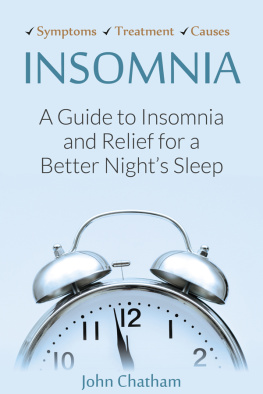
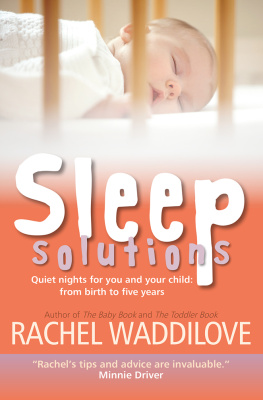

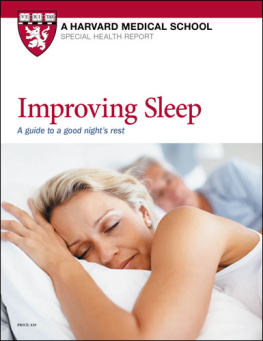
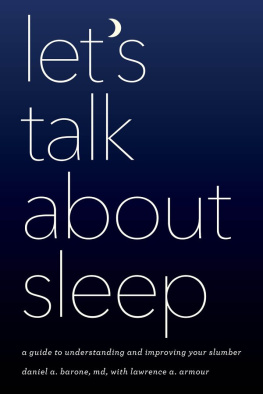
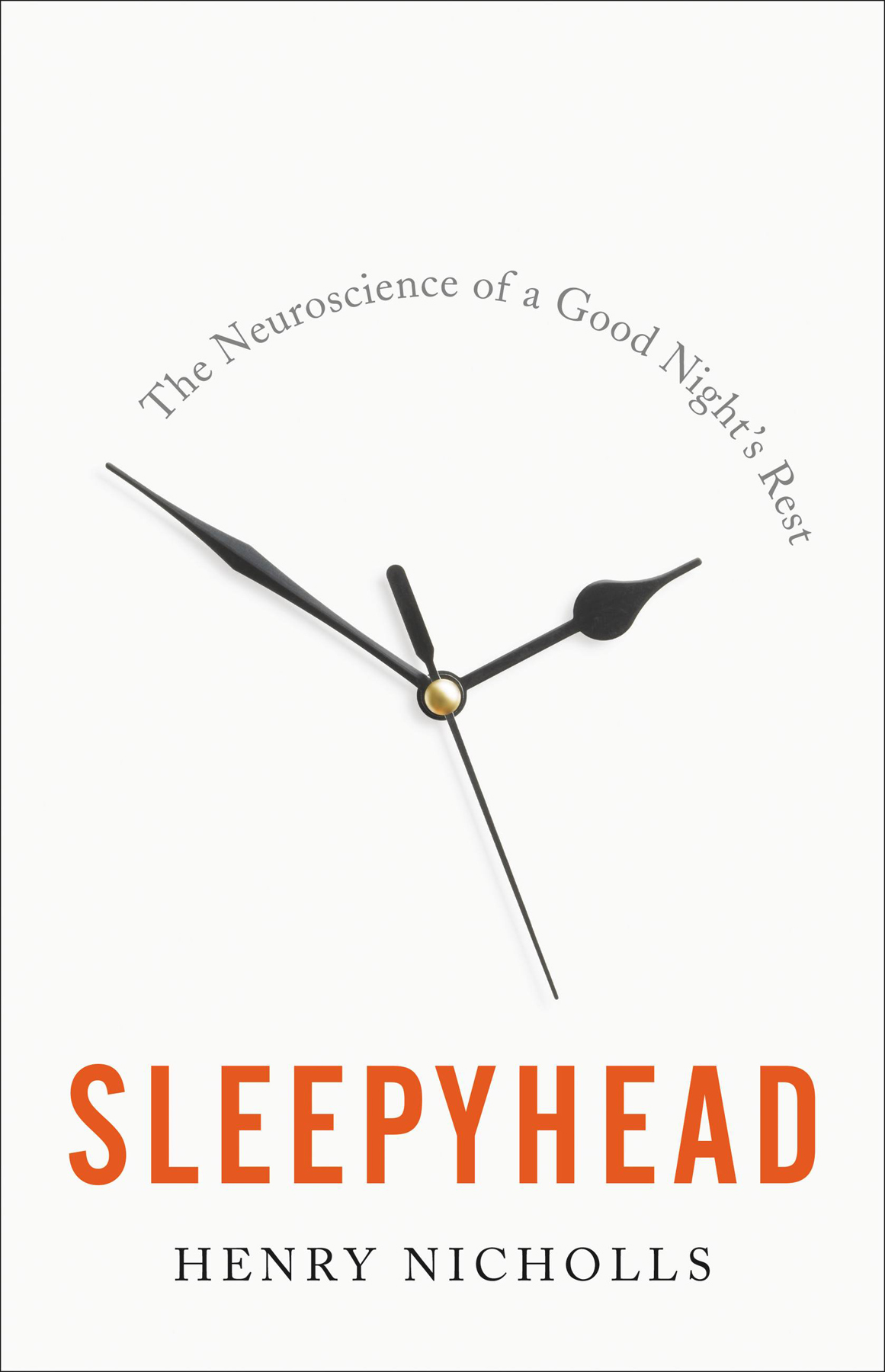

 Sleep v.
Sleep v.